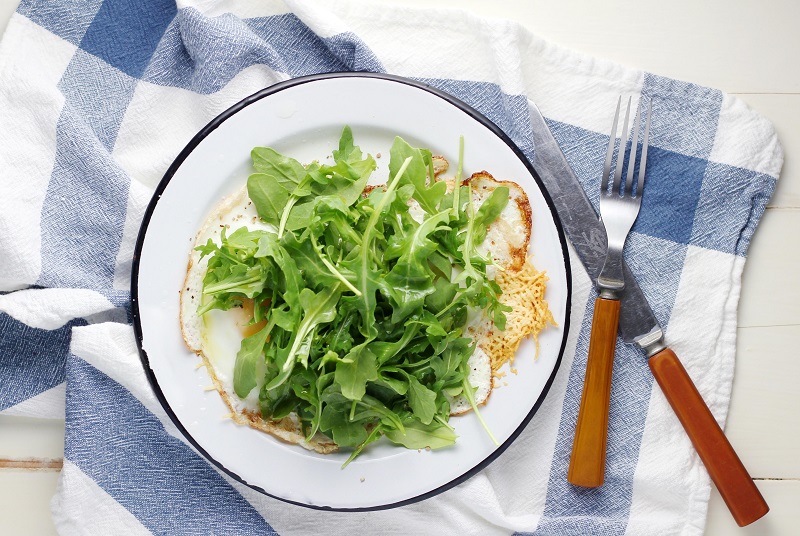Of all the food categories, I think that there are more low histamine vegetables than anything else. This abundance, combined with a bunch of low histamine herbs and spices, should form the basis for most of the low histamine meals you prepare. This is because vegetables are a great source of fiber, along with most of the vitamins and minerals you need to survive. Veggies are essential.
Combine them with a high quality protein and a low histamine fat source, and you’ve got the basis for most of the meals you’ll eat while following a low histamine diet. Most people only need to eat strictly low histamine for one to three months, until their system has calmed enough for them to start reintroducing higher histamine foods and finding their natural limits. So to get you back to full health, there should be at least two vegetables on your plate at every meal.

Emphasize those vegetables which come from the cruciferous family, as they contain a cocktail of nutrients known as glucosinolates, which have cancer-fighting properties. But beyond shrinking tumors, these powerhouses are also strongly antioxidant, meaning that they protect your body from ageing (oxidizing). I’ve starred with an asterisk all of the cruciferous veggies, which include cauliflower, cabbage, and kale.
- *Arugula
- Asparagus
- Beets
- *Bok choy
- *Broccoli
- *Brussels sprouts
- *Cabbage
- Carrots
- *Cauliflower
- Celery
- Chives
- Cucumber
- Garlic
- *Mustard Greens
- *Kale
- Leeks
- Lettuces
- Okra
- Onions
- Parsnips
- Peppers (Bell)
- Purslane
- Potatoes
- Radishes
- Rhubarb
- Scallions (Green Onions)
- Shallots
- Squash (Butternut or Acorn)
- Sweet Potatoes
- *Swiss Chard
- Turnips
- Yuca (Cassava)
- Zucchini



Pingback: Is Cucumber Low Histamine?
Pingback: Are Carrots Low Histamine?